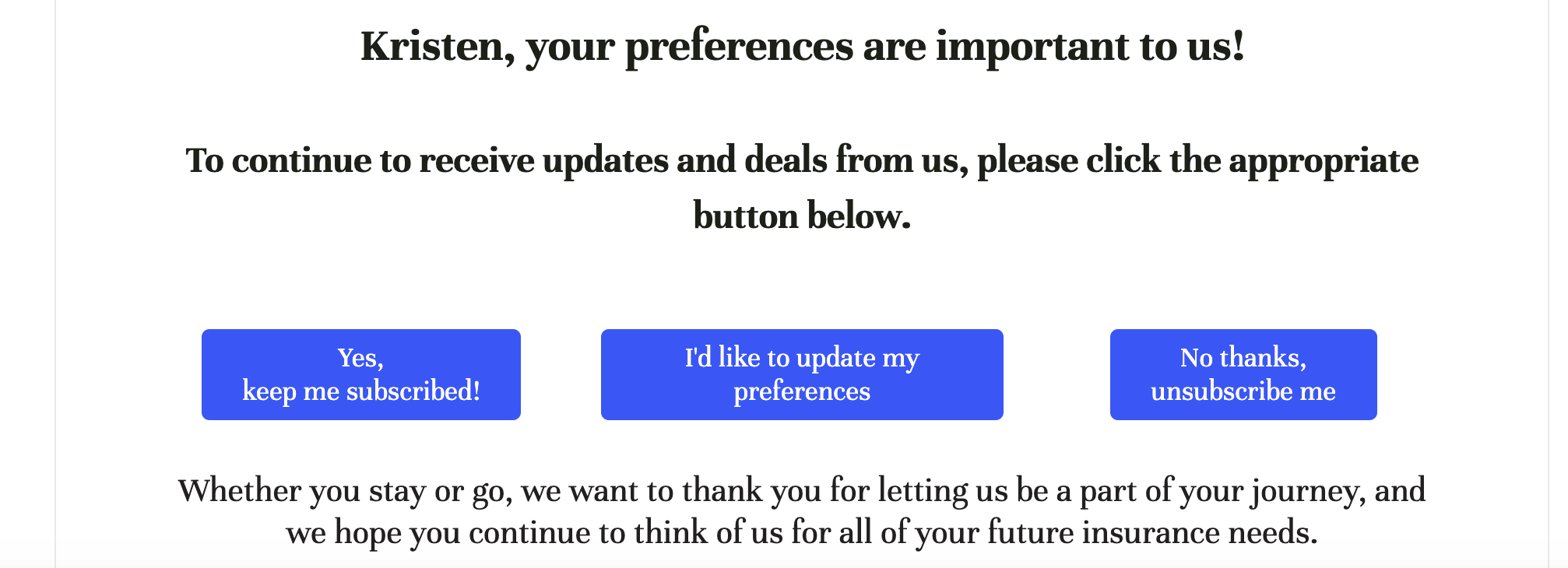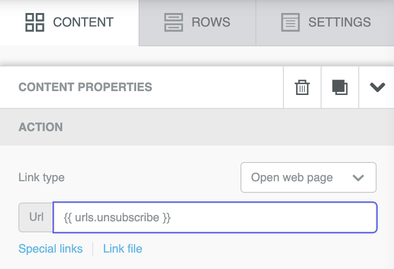Re-engagement and list cleanup best practices
In email deliverability, sender reputation is the largest contributing factor to an inboxing experience, and sender reputation is built upon having a stronger ratio of positively engaging subscribers (consistent openers) than negatively engaging (consistent non-openers).
A best practice for strong email deliverability, then, is retaining a subscriber list mostly full of recently engaged subscribers by removing the unengaged subscribers.
Why is this important? Because leaving a list full of unengaged subscribers will drag down your reputation so that eventually your engaged subscribers will start to see your emails filtered into the spam folder, causing your engagements and return on investment (ROI) to plummet.
For subscribers who haven’t engaged in over 12 months, it is already time to remove them without any further email contact (see our Ortto Acceptable usage policy).
For subscribers between 3 and 12 months since last engagement, there is a way to possibly re-engage them so as to not have to remove them from future sends.
Re-engagement campaign best practices
A re-engagement campaign is an attempt to reach out one last time to win back a subscriber’s attention and desire to see your content moving forward.
While it may initially feel pertinent to do a special deal at this point, the real purpose is to re-engage a subscriber who wants to continue to open your emails in future, not just get a single engagement for a special offer or similar.
Here are the best practices around building and sending a re-engagement campaign:
- Target subscribers that haven’t engaged with a single email in the last 3 to 12 months.Ideally, these should occur around the 3-6 month mark rather than the 6-12 month, as they have gotten real comfortable with not looking for your content by then.
- Your re-engagement campaign’s subject line should be clear and to the point. For example: “Do you still want to hear from us? Let us know”.
- Your re-engagement campaign’s content should be focused and simple with a call-to-action button to continue receiving emails and an advisement that not clicking on the button will be processed as an Unsubscribe request.
- A way you could manage this is to place a link of any kind (such as your website URL) behind the call-to-action button so that you can filter by subscribers who clicked the email or a custom clicked email activity to retain them in your audience.
- You could also include "Update my preferences" and "Unsubscribe me" type buttons in the email message.To do so, in the email Content page, add a Button then configure the button properties to contain a link and click Special links, which will allow you add links from the footer.
- For your email subscribers who have also an SMS subscription, you could have an SMS campaign pointing towards the same call-to-action/confirmation link, though engagement with the re-engagement email directly is preferred.
- Following the re-engagement campaign, any subscriber who hasn’t opened or opened but didn’t click the button to continue receiving emails should be unsubscribed and removed from the audience.


Such campaigns are not a time to try a new marketing trick or provide a discount as an incentive, as these do not win back quality subscribers and usually just engage subscribers for the one-off deal.
If you want to reward those that re-engage with an unexpected discount, that can be beneficiary, but it shouldn’t be the motivator for the subscriber you are trying to win back.
Re-engagement journey
To really maintain a healthy list, you can set up a journey that will do this on a regular basis for you, which is the most ideal solution as it will allow you to catch subscribers early and automatically as they start to disengage.
Use the principles advised above to set that up for your subscribers.
As an example, the following journey captures subscribers who have been subscribed for more than 3 months and haven’t engaged with any emails in that time (and have not already been sent a different re-engagement email in that period). The journey cleans up your subscriber list by updating a person’s email permissions and tags based on their interactions (or lack of) with your re-engagement email.
Conclusion
Remember, the point of this activity is to protect your email campaign’s deliverability to help bolster the ROI of your marketing emails.
While it can feel a step backward, following the above acts has consistently proven to improve sender reputation and strengthen senders' ability to deliver into their subscribers' inboxes, earning easier and more regular visibility.
